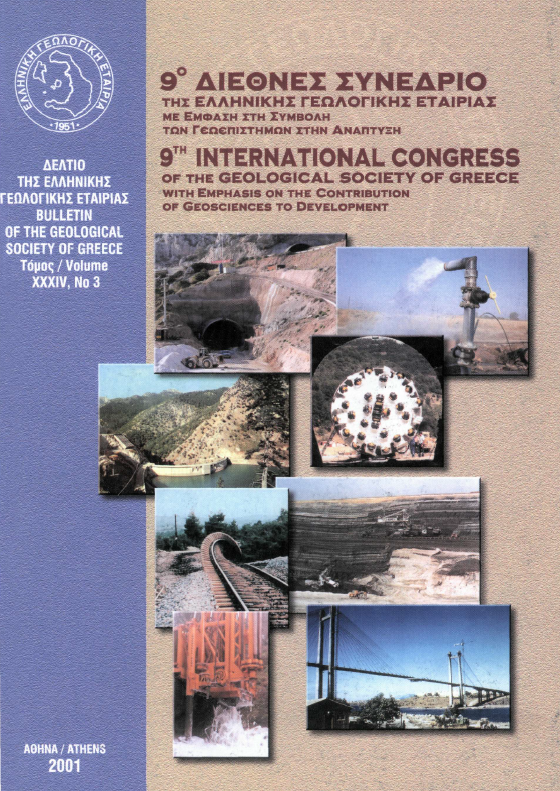South Kavala Gas Field - Taphrogenetic Prinos Basin
Résumé
The South Kavala gas field located at the southwest edge of the Prinos basin was discovered at the turn of 1972 -73. The basin formation started in the middle Miocene with continental deposits. Later on the sea transgressed all over the basin until the south Kavala ridge at the southern limit lifted up and transformed it to a lagoon, leading to the formation of Evaporites in upper Miocene time. At Pliocene the sea dominated again covering even the previous mentioned ridge. An unconformity exists between Miocene and Pliocene visible mainly on the basin flanks. The trapping mechanism is a combination of a roll-over anticline in front of a northeast - southwest syngenetic fault and a pinch - out of the sediment deposits to the southwest towards the South Kavala ridge. The basement itself forms an erosional high. The gas reservoir is found between two evaporitic horizons and consists mainly of sandstone, microconglomeratic alternating with shale and marl. It is of turbiditic origin forming sedimentological cycles. Individual facies A4/B2, C and E representative of the turbidite facies classification of Walker and Mutti (1973) have been recognised. The net pay thickness is small and amounts up to eleven meters. The gas consists 83% of methan, 7.5% of ethan, 1.5% of propan and around 1.5% of butan. It is free of H2S and contains condensate. As source rocks are considered the under continental and marine conditions deposited preevaporitic shales. The coal beds are also considered to be potential source rocks. The gas is of low maturity and its generation started during latest Miocene and continued through the Pliocene. The main migrations paths apparently were along the faults that cross the basin. The in place reserves are close to 1.109m3 αερίου. The field is on production from 1981 and 80% of the recoverable reserves have been already produced.
Article Details
- Comment citer
-
ΠΡΟΕΔΡΟΥ Π. (2001). South Kavala Gas Field - Taphrogenetic Prinos Basin. Bulletin of the Geological Society of Greece, 34(3), 1221–1228. https://doi.org/10.12681/bgsg.17198
- Rubrique
- Energy Resources

Ce travail est disponible sous licence Creative Commons Attribution - Pas d’Utilisation Commerciale 4.0 International.
Authors who publish with this journal agree to the following terms:
Authors retain copyright and grant the journal right of first publication with the work simultaneously licensed under a Creative Commons Attribution Non-Commercial License that allows others to share the work with an acknowledgement of the work's authorship and initial publication in this journal.
Authors are able to enter into separate, additional contractual arrangements for the non-exclusive distribution of the journal's published version of the work (e.g. post it to an institutional repository or publish it in a book), with an acknowledgement of its initial publication in this journal. Authors are permitted and encouraged to post their work online (preferably in institutional repositories or on their website) prior to and during the submission process, as it can lead to productive exchanges, as well as earlier and greater citation of published work.



